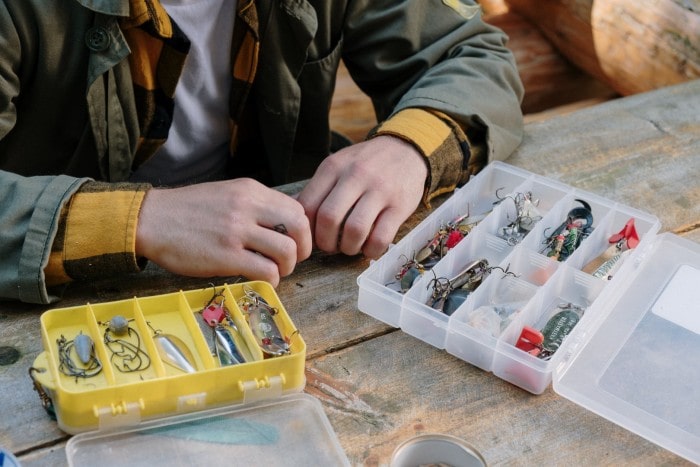
Fresh and saltwater fishing are an excellent way to spend time outdoors with friends and family. However, many first-time anglers lack the right resources. Fortunately, you can learn to cast your first line over a single weekend with the right gear and an appropriate fishing license.
In this guide, you’ll learn the basics of novice angling, including how to obtain a license, scout the best fishing holes, and pick your gear.
Obtaining a License
Fishing licenses vary by state. You can typically purchase one online, at a specialty shop, or even at a convenience store. Depending on where you decide to plan your excursion, day licenses won’t usually set you back more than $20. On the other hand, annual licenses may cost between $30 and $150.
Where to Go
The United States alone is rife with angling hotspots that rookies and veterans flock to throughout the seasons. If you are a beginner, lakes are an excellent place to start. Many are equipped with dedicated docks and ports and employ guides-for-hire.
Popular lake species include bass and trout, while you won’t find any shortage of salmon in rivers. You can list popular fishing spots by consulting crowd sourced websites or speaking with a professional.
Choosing the Right Equipment
As a rule of thumb, you’ll want to purchase gear appropriate to the size of fish species you pursue. Below are a few tips for selecting your basics.
Rod & Reel
There is no one-size-fits-all rod and reel. For instance, bass fanatics prefer 12-pound-class spinning reels, which are less appropriate for equipping with smaller accessories. However, if primarily targeting freshwater fish, a 6’6” rod and size 35 reel pairing will often suffice.
Fishing Line
There are countless fishing line options available on the market. Depending on where you’re fishing, mono filament lines are an excellent starting point for their flexibility. 6lb weighted mono filament lines can withstand large mouth bass while being slender enough to target pan fish. They are also easy to tie.
Lures & Bait
For first-time anglers, live bait such as worms, leeches, minnows, or crayfish is a good place to start. Power Bait, which is a scented putty-type material, will also suffice.
Once you are comfortable with your selection of bait, it’s time to choose a lure. Colorful jigs and artificial lures are excellent ways to attract fish.
Useful Skills to Know
Before your fishing skills advance, you’ll want to become well-versed in these basic knots.
Clinch Knot
Clinch knots are essential to your growth as an angler. This knot attaches to your hook or line and works for most low-impact sessions.
Palomar Knot
Strong and simple, the Palomar knot is suitable for monofilament, braid, and fluorocarbon lines. Wet this knot thoroughly to prevent it from cinching, and you’ll be impressed to find what you can reel in!
Snell Knot
Ideal for flipping and pitching, these knots attach to the hook shank, providing maximum rotation for your spinning rod.
Casting & Hooking
Hunting for fish takes ample patience. If you prefer to use gadgets, a side imaging fish finder can benefit your session. Once you’ve settled into a comfortable location, it’s time to cast your first line.
Think of casting the way you would pitch a baseball. Wind up with about six inches of line out the end of your rod and cast your lure as far as you can. If you’re using a spinning reel, keep in mind that they incorporate a bail or thin wire arm to keep your line from coming loose from its spool.
Focus on using your wrist and elbow to cast your line, releasing it vertically to send your lure into the water. When hooking a fish, point your rod tip up, pulling back to set the hook into the fish’s mouth. Use moderate pressure to prevent tearing.
Tire your catch out before cranking to avoid breakage. The key to a perfect hook is practice—familiarize yourself with your reel’s drag system.
Catch & Release
As soon as you crank your fish out of the water, prop it in the air. Then, place it gently on your palm from underneath the belly. Beware of spikes, which you might encounter in species like panfish.
If you reel in a catch that you do not want to keep, release it quickly. This keeps fish species abundant and available for other anglers.
The Bottom Line
Improving your fishing skill set involves ample research, practice, and working with a guide. You can also collaborate with your local forestry department or fishing organizations to link up with local anglers.
Whether fishing on a budget or going all-out on a boating holiday, you can learn to fish no matter where in the country you are.
